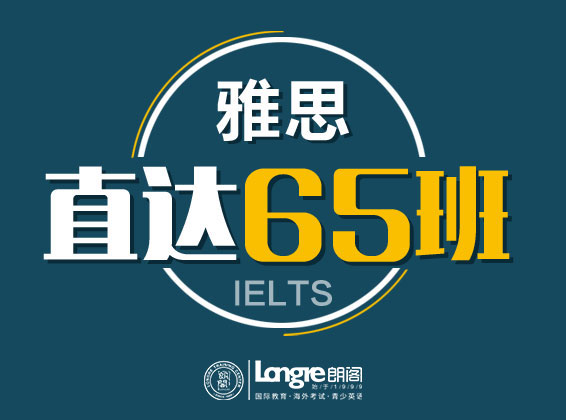|
The second Monday of January The second Monday of January is Coming-of-Age Day, a national holiday to encourage those who have newly entered adulthood to become self-reliant members of society. The holiday used to be on January 15, but in 2000 it was moved to the second Monday of the month. Municipal governments host special coming-of-age ceremonies for 20-year-olds, since an "adult" in Japan is legally defined as one who is 20 or over. They gain the right to vote on their twentieth birthday, and they're also allowed to smoke and drink. But along with these rights come new responsibilities as well, and so age 20 is a big turning point for the Japanese. Coming-of-age ceremonies have been held since time immemorial in Japan. In the past boys marked their transition to adulthood when they were around 15, and girls celebrated their coming of age when they turned 13 or so. During the Edo period(江户时代)(1603-1868), boys had their forelocks cropped off, and girls had their teeth dyed black. It wasn't until 1876 that 20 became the legal age of adulthood. These days, males generally wear suits to their coming-of-age ceremony, but a lot of females choose to wear traditional furisode(振袖,状似和服的长袖)--a special type of kimono(和服)for unmarried women with extra-long sleeves and elaborate designs. For unmarried women, furisode is about the most formal thing they can wear, and so many of them don it to the event marking the start of their adult life. The number of children in Japan is shrinking. For instance, about 1.74 million (890,000 males and 850,000 females) joined the ranks of grown-ups in 1999; this is 80,000 fewer than the year before and represents 1.4% of the total population. (责任编辑:admin) |







